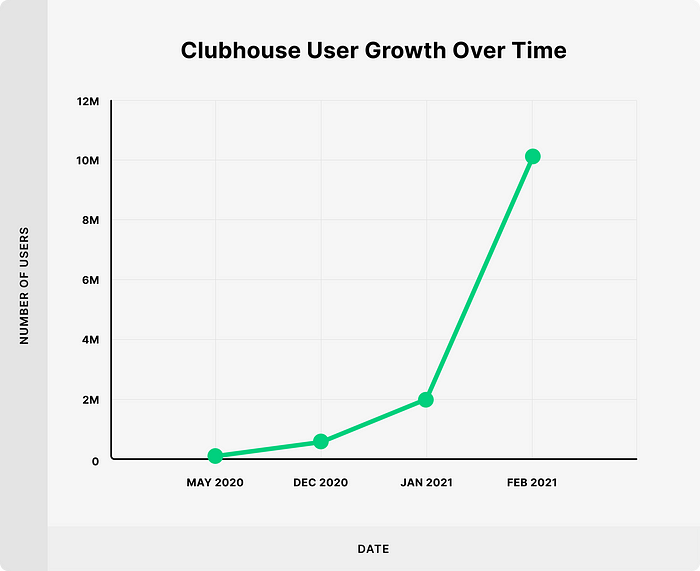Member-only story
Clubhouse Is Dead (It Just Doesn’t Know It Yet)
And its investors are afraid to admit it.

I still remember the first time I saw a Clubhouse room about 3 months ago. My friend Macbrennan uses it to advertise his startup, and at the time, he was giving away invites for the then invite-only app. So, I asked him to pass along one invite for me.
“You sign up and you can join any room at your preference, then you’ll hear people talking about pretty much anything.”
And you have the opportunity to speak with literally everyone in the room.
Clubhouse has come a long way since its initial launch in April of 2020, and it is already one of the fastest-growing apps ever.
They have now secured hundreds of millions of funding with more than 10 million active users, and in plain sight, that sounds pretty impressive for a company that is only one year old.
It was cool at; first, there was so much hype around it, and everybody is posting the room they’re in on their social media. Until it wasn’t.
1. It benefits mostly the big creators
Clubhouse announced they’d reached more than 10 million weekly active users, and over 180 organizations and venture capitalists have invested in Clubhouse to date.

In the beginning, people can’t wait to rush into rooms to meet, listen, and connect with people, having the notion that their time in the room will give them psychological benefits.
Everyone is chasing for the clout, hoping they would grow their network over time from the people they meet in the rooms, but here’s the truth.
Everyone is expecting the same.
Once a person doesn’t get exposure or attention from the app itself, he or she won’t even try anymore. And the users that are winning are big brands or celebrities, so if you’re not, it’s most likely to be wasting your time.
